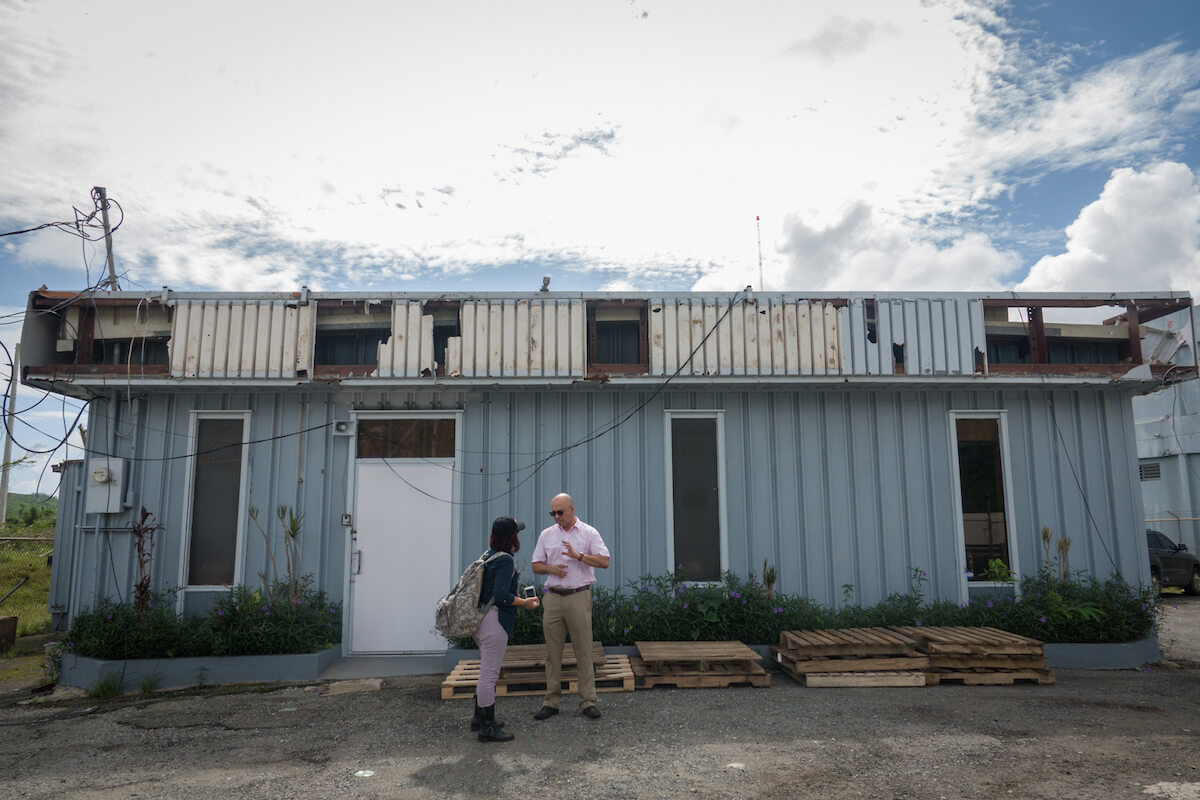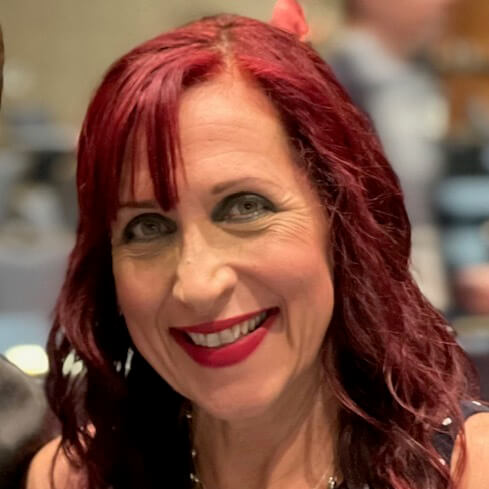Abuela Tere cleaned the counter of her bodega with an old rag and placed an assortment of newspapers — El Mundo, El Vocero and El Nuevo Día — on top. It was time to practice my reading.
It was 1973. I was 6 years old and growing up in Patillas, a small town on the southeast coast of Puerto Rico. I cherished this time with my grandmother, reading stories and editorials I was still too young to understand.
A product of the Depression, Teresa Ortiz became an orphan at 8 and didn’t go to school beyond the sixth grade. Even so, nothing ever deterred her. Her education was life experience, which helped her build a business with my grandfather, Emilio Colón.
As my grandmother swept the floor and corrected my pronunciation, I would read. El Vocero always used bold red headlines and pictures of the dead on the front page. At times, she’d curse about something she didn’t like.
“Carajo! Estos malditos políticos, no tienen madres.” (Those damn politicians, they don’t have any mothers!)
These experiences helped me sharpen my reading skills and planted the initial seeds of a career in investigative journalism. The reading sessions gave me an introduction to life, politics and the world around me. My grandma would often say: “Don’t take the right to vote for granted, because women didn’t always have the right to vote. Be an independent thinker, get an education and always fight for what’s right.”
Growing up on an island ravaged by corruption, social inequality and injustices opened my eyes at a young age. I learned that life is not fair. People with means buy friends in high places. Justice can be hard to come by.
But the more I read investigative stories in the newspapers — and detective novels — the more intrigued I became about the mechanics of investigations. I was obsessed with solving puzzles and connecting the dots.
My journey in journalism has not been traditional. I had left Puerto Rico, and was a military wife and mother of two when I began my journalism career over two decades ago. Being part of a military family allowed me to live in many places, including Europe and across the United States. I built my career as I was being exposed to different cultures and people.
And as I began my career, a recurring theme emerged in several newspapers. I was the only Latina or person of color in the newsroom. I didn’t attend top-tier colleges or grow up middle class as my colleagues did. My parents had divorced when I was 12 and we fell into poverty. My mother worked at a factory for meager pay that was nothing close to a living wage. My father, who had a good government job with benefits and a good salary, always got away with not contributing his part.
I related to the challenges poverty brings and the struggles that people of color face every day. Yet these were not traits that traditional media valued. It was never perceived as important to my work, so I never shared these personal experiences as I moved from one job to another covering different beats and building investigations.
At my second newspaper job, as a criminal justice reporter in Oklahoma, I began to delve into the unsolved deaths of several women. My investigation led to FBI involvement and public admission that these deaths seemed to be related — possibly the work of a serial killer.
I spent months — on my own time — going through police records, reading autopsy reports, interviewing experts, law enforcement and the victims’ families and friends. As happens in so many of these cases, these women had mental illnesses and substance abuse issues, and most of them had been abused one way or another.
My investigation led to a three-part series called “Forgotten Souls” because law enforcement did nothing to investigate these cases. These victims had family and loved ones who wanted to know what happened to them. I pursued this project while I was doing my daily work covering my beat — knowing my editor was not going to give me the time to complete the series. Meanwhile, my colleagues were supportive and a sounding board.
This experience was just the beginning. Data journalism and narrative writing became my focus, and I had so much to learn. I needed to be in a newsroom where management had a history of providing staff with the tools they need to succeed, including training. I was not in such a place.
As the first story in the series was published, I was on my way to attend an Investigative Reporters and Editors data boot camp. I won a fellowship, which paid for the registration, travel and lodging — the only way I could have attended.
I left the newspaper after I completed that weeklong training. The data journalism skills I learned there helped me evolve as a journalist as I moved to several more newspapers and got experience covering numerous beats.
But the deficits in this business have always been clear in every newsroom that employed me: The pipeline that allows white journalists to move up to investigative teams has never been equally available to someone like me.
Having spent over two decades working in newspapers, broadcast and nonprofits, I understand now that the lack of diversity is systemic within the news industry. It was done by design to keep journalists of color within a system where our voices are ignored at every level.
It’s a system that harms the quality of journalism by allowing only a few people to decide what issues to cover and, more importantly, how to cover them. That’s why I embraced the idea of creating the Investigative and Data Journalism Task Force when it was initially presented during a National Association of Hispanic Journalists board meeting.
Sometimes I wonder what my abuela Tere would say about my journey if she were alive. I know she would have encouraged me to keep fighting because change doesn’t happen if nobody seeks it.
These issues have been ignored for too long and it is time for all journalists to seek parity, equity and justice. We want a productive dialogue that builds on solutions and seeks change. We need to make, as civil rights leader and congressman John Lewis called it, good trouble.
Our communities deserve it and so does every journalist of color in this country.
Parts of this essay originally appeared in a conversation with The Center for Public Integrity.
About this essay
This essay is part of the Latino Watchdogs series sharing journeys to journalism from the National Association of Hispanic Journalists Investigative and Data Journalism Task Force. More from this series:
- Introduction: Latinos are missing from newsroom investigative teams across the country
- Stepping into the world of investigative journalism as a Mexican American reporter came with challenges, but also many rewards (Yvette Cabrera)
- One constant in my life as a military kid was the news airing at dinner — and now I’m a journalist (Daniela Ibarra)
- Forging my own path as a journalist was all I knew (Francisco Vara-Orta)
- As a kid, I worked in the flower business. Here’s how I found my way into investigative journalism (Norberto Santana, Jr.)
- Guiar en vez de ‘ayudar’ a la próxima generación de periodistas investigativos latinos (Mercedes Vigón)
- Cómo los muertos de María me mostraron la importancia del periodismo de investigación (David Cordero Mercado)
- Cómo mi vida me reafirmó el valor de la diversidad y el periodismo investigativo (Luis Joel Méndez González)







